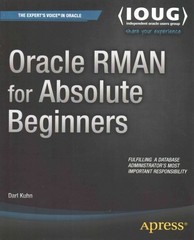Question
Howitzer (cf. exercises 2.6-9 in the textbook) Construct a PYTHON program to calculate the 2-D trajectory of a rocket-shaped cannon shell (mass 43kg, diameter 155mm,
Howitzer (cf. exercises 2.6-9 in the textbook)
Construct a PYTHON program to calculate the 2-D trajectory of a rocket-shaped cannon shell (mass 43kg, diameter 155mm, average drag coefficient C = 0.25, launch speed v0 = 830m/s) including a drag force on sea level (air = 1.29kg/m3).
(a) Calculate the trajectories for various launch angles 0 in steps of 1 (starting from, say, 10), and determine the launch angle,max, that gives the maximum range. Plot only every fifth trajectory (i.e., in increments of 5) but include max . As a reference, also include the zero-drag trajectory for 0 computed from your code and benchmarked against the analytical result.
(b) Compute and plot the speed as a function of time for the max trajectory.
(c) Compute and plot the maximal height, range, flight time, and speed at impact,
(d) Implement the effects of an adiabatic height variation of B2, with (y) = 0(1 ay/T0) (where a = 6.5 10^3K/m, T0 = 280K, 0 = air and = 2.5). For 0 = 40 and 50, compute and plot the trajectories; include the ones without height correction to B2, and comment on the differences.
(e) Continuing with part (d), by how much does the range for the 2 trajectories change if the ground temperature changes from 280K to 260K?
BOOK : Computational Physics by NIcholas (cf. exercises 2.6-9 in the textbook)
Step by Step Solution
There are 3 Steps involved in it
Step: 1

Get Instant Access to Expert-Tailored Solutions
See step-by-step solutions with expert insights and AI powered tools for academic success
Step: 2

Step: 3

Ace Your Homework with AI
Get the answers you need in no time with our AI-driven, step-by-step assistance
Get Started


